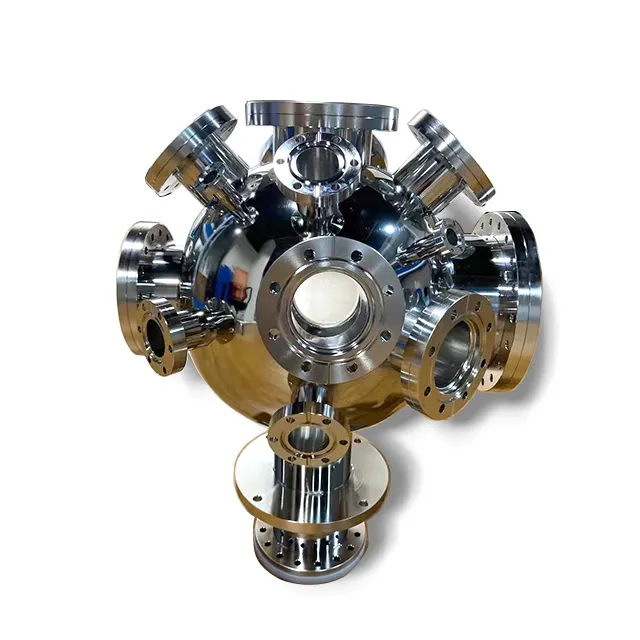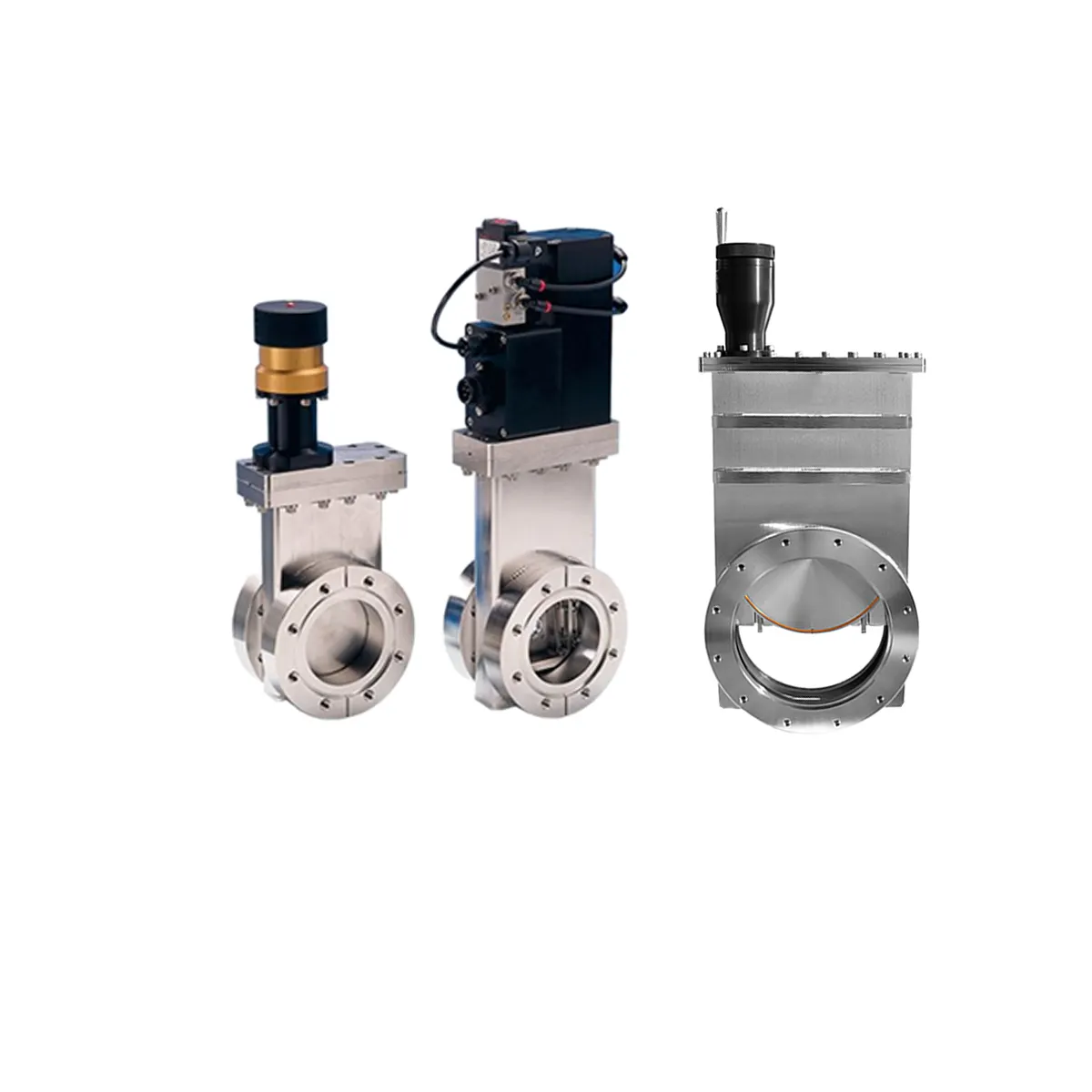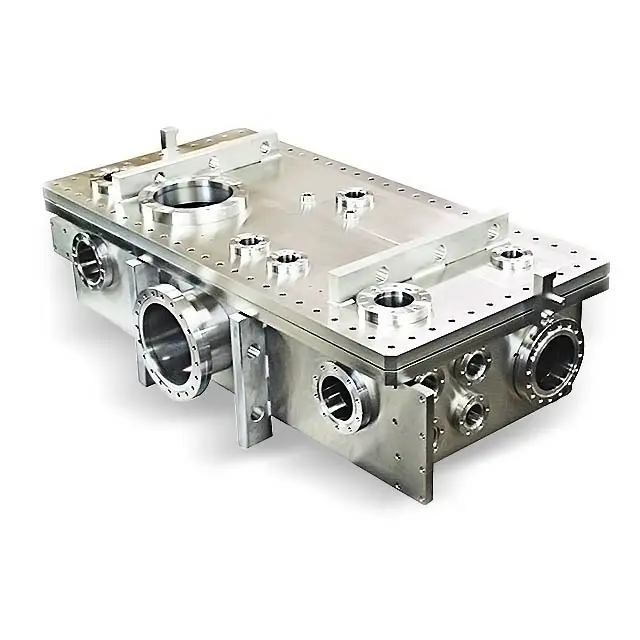vacuum pump components
Vacuum pump components form the essential building blocks of modern vacuum systems, serving as critical elements in maintaining optimal performance and reliability. These components encompass a wide range of parts including rotors, stators, seals, bearings, and control mechanisms that work in harmony to create and maintain vacuum conditions. Each component is precision engineered to withstand the demanding conditions of vacuum operations while ensuring consistent performance. The primary function of these components is to facilitate the removal of air and other gases from a sealed system, creating the necessary vacuum environment for various industrial and scientific applications. Advanced manufacturing techniques and materials are employed in their production, incorporating features such as corrosion resistance, thermal stability, and minimal friction properties. These components find extensive use in semiconductor manufacturing, scientific research, medical equipment, and industrial processing systems. The integration of modern technologies has led to the development of smart components with enhanced monitoring capabilities, improved efficiency, and extended service life. Key technological features include specialized coatings for wear resistance, advanced sealing technologies for maintaining vacuum integrity, and precision-machined surfaces for optimal performance.


